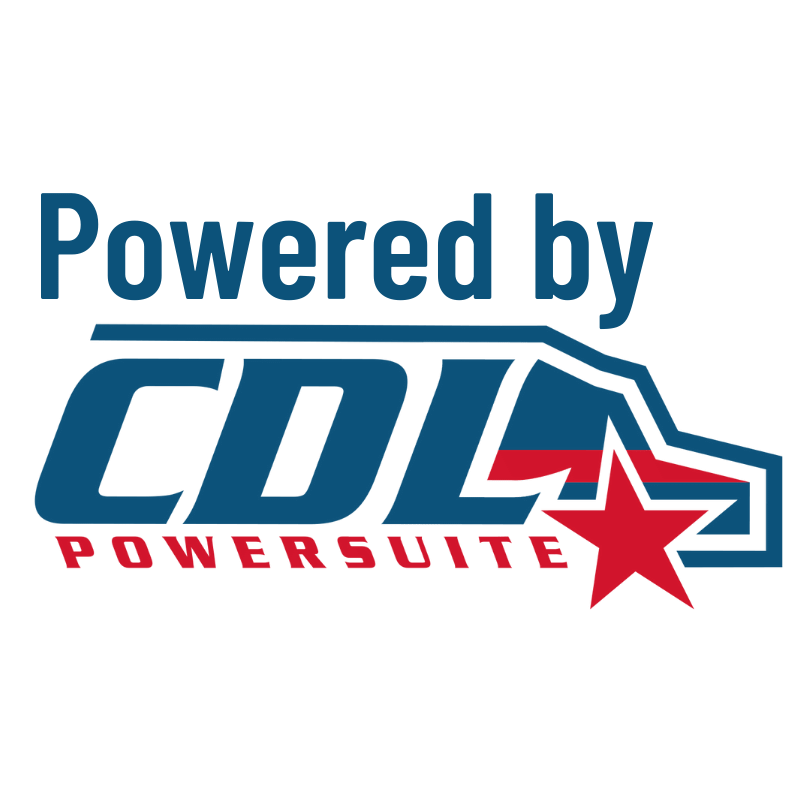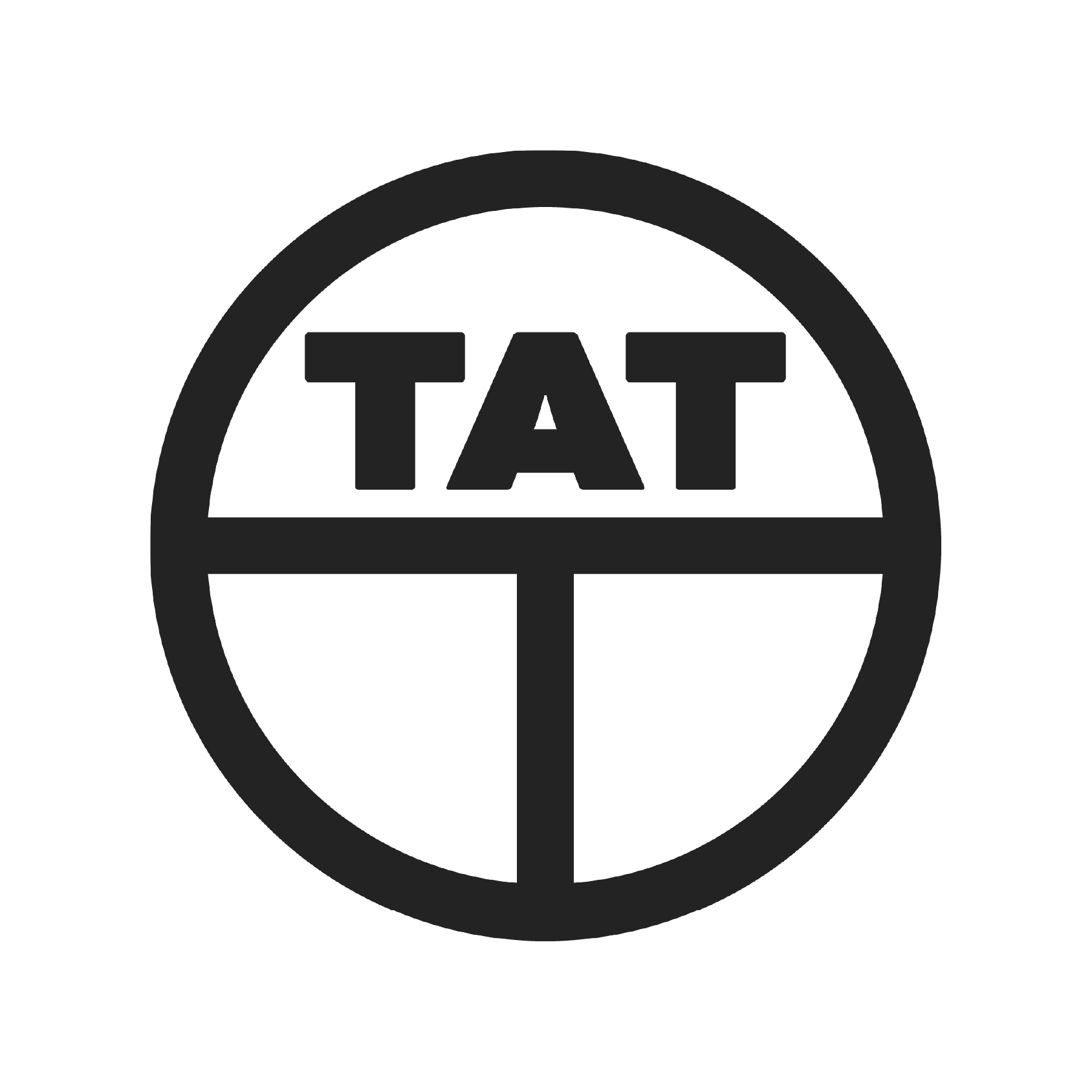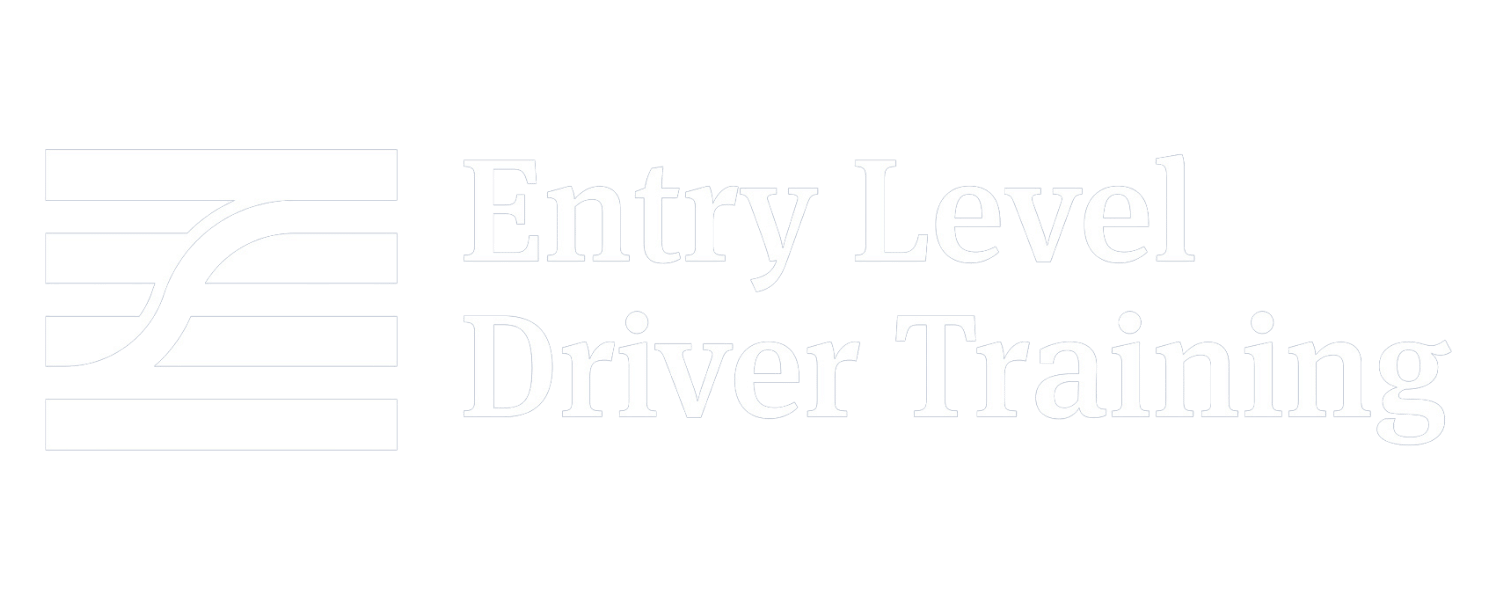Embarking on a commercial driving career means choosing the right license for the job. The Federal Motor Carrier Safety Administration (FMCSA) categorizes Commercial Driver's Licenses into different classes, each permitting the operation of specific types of vehicles. Beyond the basic license, CDL endorsements are additional certifications that expand your driving privileges, allowing you to transport specialized cargo or a larger number of passengers. Let's explore the various CDL classifications and types of CDL endorsements to help you determine your ideal path.
Understanding CDL Classifications: Class A, B, and C
The three primary CDL classes are determined by the Gross Vehicle Weight Rating (GVWR) of a single vehicle or the Gross Combination Weight Rating (GCWR) of a combination of vehicles. Choosing the correct class is fundamental to your commercial driving career. General CDL Prerequisites:
- Be at least 18 years old (21 for interstate commerce or to transport hazardous materials/passengers).
- Hold a valid non-commercial driver's license.
- Pass a Department of Transportation (DOT) physical exam and obtain a medical examiner's certificate.
- Provide proof of U.S. citizenship or lawful permanent residency.
- Have no disqualifying offenses driving record.
It's important to remember that while federal guidelines set the baseline, specific CDL requirements by state can vary. This includes application procedures, testing processes, and additional state-mandated training. Always check with your state's Department of Motor Vehicles (DMV) or equivalent licensing agency for the most accurate and up-to-date information relevant to your location.
A Class A CDL is required for operating any combination of vehicles with a GCWR of 26,001 pounds or more, provided the GVWR of the towed unit is more than 10,000 pounds.
Requirements:
Complete our Online ELDT Theory Class A Course. Pass the General Knowledge test to receive a CDL Permit. Find an FMCSA Registered Training Provider. Complete your Behind-The-Wheel Entry-Level Driver Training. Then, pass the skills test in a Class A vehicle.
Uniqueness/Purpose: This is the highest class of CDL and offers the broadest range of driving opportunities. It allows you to operate the heaviest and largest combination vehicles.
Vehicles:
Tractor-trailers, truck and trailer combinations, flatbeds, livestock carriers, tanker trucks (if endorsed), and often Class B and C vehicles (with appropriate endorsements).
*Always check with your State regulations.
Class B CDL: For Heavy Single Vehicles
A Class B CDL is required for operating a single vehicle with a GVWR of 26,001 pounds or more, or a vehicle towing a unit not more than 10,000 pounds GVWR.
Requirements:
Complete our Online ELDT Theory Class B Course. Pass the General Knowledge test to receive a CDL Permit. Find an FMCSA Registered Training Provider. Complete your Behind-The-Wheel Entry-Level Driver Training. Then, pass the skills test in a Class B vehicle.
Uniqueness/Purpose: Ideal for operating large, heavy single units without requiring the complexities of combination vehicles.
Vehicles: Straight trucks, large buses (city buses, school buses if endorsed), dump trucks, garbage trucks, delivery trucks, cement mixers.
*Always check with your State regulations.
Class C CDL: Specialized Smaller Commercial Vehicles
A Class C CDL is for smaller commercial vehicles that do not meet Class A or B criteria but are designed to transport 16 or more passengers (including the driver), or vehicles transporting hazardous materials (requiring a Hazmat endorsement).
Requirements:
Pass the General Knowledge test to receive a CDL Permit. Find an FMCSA Registered Training Provider. Complete both Theory and Behind-The-Wheel Entry-Level Driver Training. Then, pass the skills test in a Class C vehicle.
Uniqueness/Purpose: For specific commercial operations involving passenger transport or hazardous materials in smaller vehicles.
Vehicles: Small hazardous materials vehicles, passenger vans, shuttle buses, small school buses (if endorsed).
*Always check with your State regulations.
CDL Endorsements: Adding Endorsements To Your CDL
CDL endorsements are additional certifications added to your Commercial Driver's License that allow you to operate specific types of commercial vehicles or transport certain types of cargo. Each endorsement requires passing additional knowledge and/or skills tests, but they significantly expand your job opportunities and earning potential. Explore the various types of cdl endorsements:
Hazardous Materials (H) Endorsement
The Hazmat Endorsement is required to transport hazardous materials that are placarded. This includes explosives, gases, flammable liquids, and other materials deemed dangerous by federal regulations.
Requirements: Pass our Entry-Level Driver Training Online Hazmat Endorsement Course with a score of 80% or higher. You must undergo a Transportation Security Administration (TSA) background check and fingerprinting. Then, go to your local DMV and take the Hazmat Endorsement Knowledge Test.
Uniqueness/Purpose: Deals with highly regulated and potentially dangerous cargo, requiring specialized knowledge to ensure public safety. This endorsement often leads to increased pay.
*Always check with your State regulations.
Passenger (P) Endorsement
The Passenger Endorsement is required to operate a vehicle designed to transport 16 or more passengers (including the driver).
Requirements: Pass our Entry-Level Driver Training Online Passenger Endorsement Course with a score of 80% or higher. Pass the Passenger (P) Endorsement Knowledge Test covering passenger transport safety and regulations. Find an FMCSA Registered Training Provider. Complete your Behind-The-Wheel Entry-Level Driver Training. Pass the skills test (often performed in a bus).
Uniqueness/Purpose: Emphasizes the specialized skills and heightened safety protocols required for carrying groups of individuals.
*Always check with your State regulations.
School Bus (S) Endorsement
The School Bus Endorsement is specifically required to operate a school bus. It is often obtained in conjunction with or after the Passenger (P) endorsement.
Requirements: Pass our Entry-Level Driver Training Online School Bus Endorsement Course with a score of 80% or higher. Pass the School Bus (S) Endorsement Knowledge Test covering school bus operation, safety, and regulations. Find an FMCSA Registered Training Provider. Complete your Behind-The-Wheel Entry-Level Driver Training. Pass the skills test in a School Bus.
Uniqueness/Purpose: Focuses on the unique safety protocols and responsibilities associated with transporting children.
*Always check with your State regulations.
Doubles/Triples (T) Endorsement
The Doubles/Triples Endorsement is required to pull double or triple trailers. This endorsement is only available for Class A CDL holders.
Requirements: Pass a written knowledge test covering the unique challenges of handling multiple trailers, including coupling and uncoupling procedures, and safe driving practices.
Uniqueness/Purpose: Focuses on the increased length, weight, and maneuverability challenges of operating multiple trailers.
*Always check with your State regulations.
Air Brakes (L) Restriction Removal
While not an endorsement, the Air Brakes restriction (L restriction) is applied to your CDL if you take your skills test in a commercial vehicle not equipped with air brakes. To operate most commercial vehicles, which commonly use air brakes, you'll need to remove this restriction.
Requirements: Pass a separate air brakes knowledge test and a skills test in a vehicle equipped with air brakes.
Uniqueness/Purpose: Allows operation of the vast majority of commercial vehicles, as air brakes are standard on many heavy-duty trucks and buses.
Manual Transmission (E) Restriction Removal
If you take your CDL skills test in a commercial vehicle with an automatic transmission, you will receive an "E" restriction on your CDL. To remove this restriction and operate vehicles with manual transmissions, you must pass a skills test in a commercial vehicle equipped with a manual transmission.
Requirements: This restriction prevents you from operating commercial vehicles with manual transmissions. Removing it significantly expands the types of jobs and vehicles you can operate, as many older and some newer commercial vehicles are manual.
Uniqueness/Purpose: This restriction prevents you from operating commercial vehicles with manual transmissions. Removing it significantly expands the types of jobs and vehicles you can operate, as many older and some newer commercial vehicles are manual.
Ready to Choose Your CDL or Endorsement
Our FMCSA-compliant online ELDT theory courses cover the foundational knowledge for all CDL classes and endorsements, preparing you for the written exams regardless of your chosen CDL or Endorsement.







